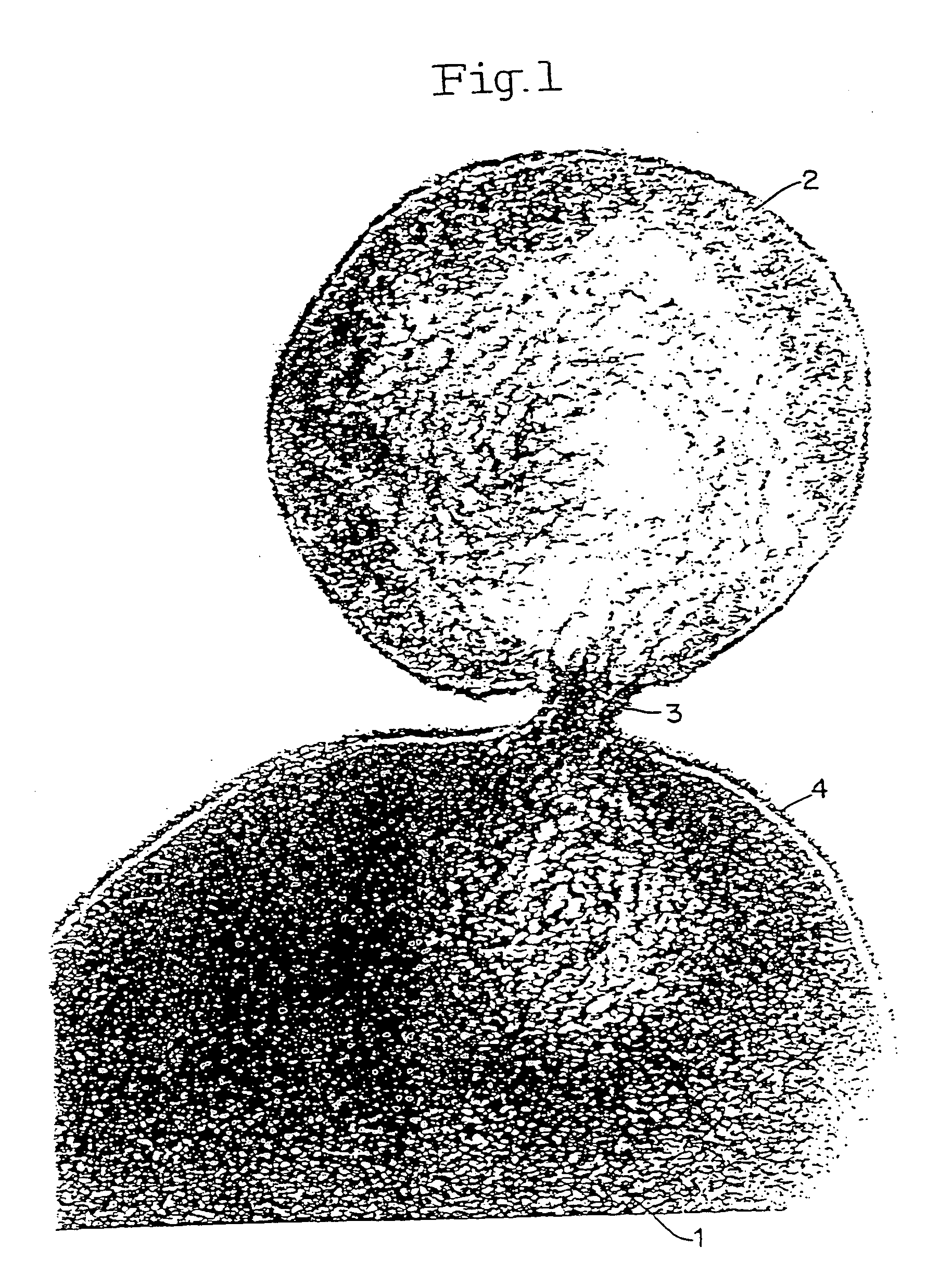Composition and method of treating mastitis
a technology of mastitis and composition, applied in the field of mastitis treatment, can solve the problems of antibiotic resistance in these organisms, non-functional phages, drug resistant bacteria, etc., and achieve the effect of changing protein properties
- Summary
- Abstract
- Description
- Claims
- Application Information
AI Technical Summary
Benefits of technology
Problems solved by technology
Method used
Image
Examples
example 1
Harvesting Phage Associated Lytic Enzyme
[0264] Group C streptococcal strain 26RP66 (ATCC #21597) or any other group C streptococcal strain is grown in Todd Hewitt medium at 37 degrees C. to an OD of 0.23 at 650 nm in an 18 mm tube. Group C bacteriophage (C1) (ATCC #21597-B1) at a titer of 5,000,000 is added at a ratio of 1 part phage to 4 parts cells. The mixture is allowed to remain at 37 degrees C. for 18 min at which time the infected cells are poured over ice cubes to reduce the temperature of the solution to below 15 degrees C. The infected cells are then harvested in a refrigerated centrifuge and suspended in 1 / 300th of the original volume in 0.1 M phosphate buffer, pH 6.1 containing 5 mm dithiothreitol and 10 ug of DNAase. The cells will lyse releasing phage and the lysin enzyme. After centrifugation at 100,000 g for 5 hrs to remove most of the cell debris and phage, the enzyme solution is aliquoted and tested for its ability to lyse Group A Streptococci.
[0265] The number o...
PUM
| Property | Measurement | Unit |
|---|---|---|
| molecular weight | aaaaa | aaaaa |
| molecular weight | aaaaa | aaaaa |
| temperature | aaaaa | aaaaa |
Abstract
Description
Claims
Application Information
 Login to View More
Login to View More - R&D
- Intellectual Property
- Life Sciences
- Materials
- Tech Scout
- Unparalleled Data Quality
- Higher Quality Content
- 60% Fewer Hallucinations
Browse by: Latest US Patents, China's latest patents, Technical Efficacy Thesaurus, Application Domain, Technology Topic, Popular Technical Reports.
© 2025 PatSnap. All rights reserved.Legal|Privacy policy|Modern Slavery Act Transparency Statement|Sitemap|About US| Contact US: help@patsnap.com

